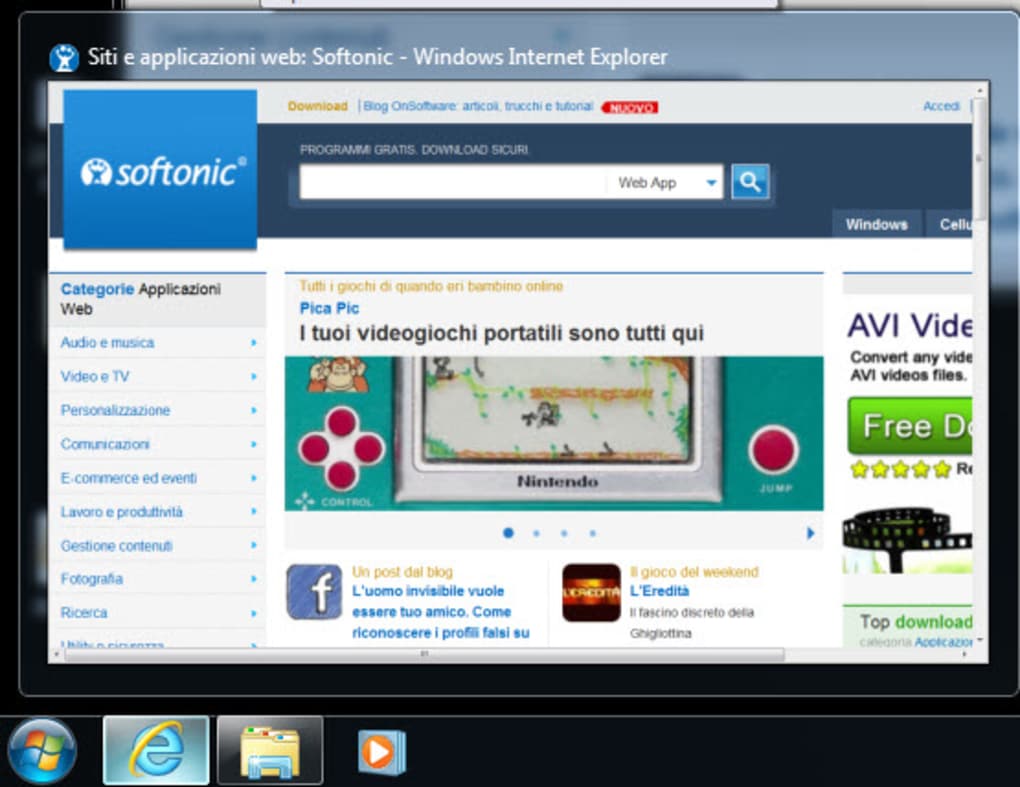

If you move the mouse over a preview window, the associated app window comes to the front temporarily and other windows go transparent if you move the mouse away from the preview without clicking it reverts to the background. Neither comes to the front until you take further action. If the app is running and there are two or more instances (might not be real instances could be several Word documents or tabs in IE), then preview windows appear – provided that Aero is enabled. If the app is running and there is only one instance, it comes to the front. If the app to which the icon points is not running, it runs and comes to the front. Here’s what I’ve got so far I may have missed a few things. Trouble is, there are so many contextual variations that it is hard to describe concisely. MFC will use the document and application name separated by a hyphen for the thumbnail title, and will also add a thumbnail tooltip with the same information.įigure 3.While working on a Windows 7 piece recently, I tried to write a description of what happens when you click on an icon in the Windows 7 taskbar. With these settings in place, the MDI thumbnail behavior shown in Figure 3 will occur. The complexity of dealing with Taskbar thumbnails is entirely hidden if the MDI application uses the Tabbed documents style, which is the default setting for the MFC AppWizard, as shown in Figure 2.

RegisterTaskbarTab creates a proxy window for the MDI child frame and creates a mapping of this proxy window to the parent MDI child frame Then calls ITaskbarList3::RegisterTab to add the proxy window to the taskbar.
PREVIEW ON WINDOWS 7 TASKBAR CODE
Adding each MDI document to the taskbar is achieved by calling ITaskbarList3::RegisterTab, and this code is present in the MFC CMDIChildWndEx::RegisterTaskbarTab method. To achieve a more useful taskbar thumbnail experience, applications can use the COM ITaskbarList3 interface to generate thumbnail previews for each document that the MDI application has open and the user can select the desired document to activate directly from the taskbar. This means that the user cannot switch between multiple open documents from the taskbar thumbnail, and must instead use the built-in document selection mechanism of the MDI application. Figure 1 shows an example of this thumbnail support.įor MDI applications, the default taskbar thumbnail behavior is not as useful, with a single thumbnail generated for the application. For SDI applications like Word 2007, this will give a good user experience as each running Word process will share the same Taskbar icon, and a thumbnail will be generated for each Word process, allowing the user to visually select the particular Word document they want to access. By default, Windows 7 will generate a thumbnail preview of the entire application window. Taskbar thumbnail support is one of the MFC 10 features that can be taken advantage of with minimal developer effort. This article will cover how the MFC developer can take advantage of these features. In addition to the Jump list, the Windows 7 Taskbar offers functionality for thumbnail preview of open documents, progress indication and icon overlays. The Jump list, which is launched from the Taskbar, gives quick user access to destinations (such as documents) and tasks relevant to a particular application, and MFC Jump list development has been covered in two previous articles on basic Jump list support and advanced Shell link features. The Taskbar represents the central point for quick access and summary information for an application running on Windows 7. The Windows 7 Taskbar is one of the most noticeable and useful features of the new operating system, and MFC 10 introduces a number of enhancements that make it easy to integrate the Taskbar with your application.


 0 kommentar(er)
0 kommentar(er)
